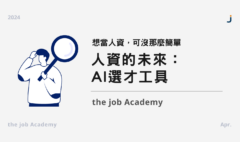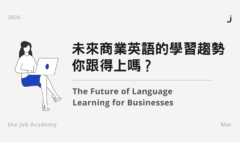From Straight Lines to Zigzags: The Evolution of the Career
2023-08-09 2023-08-09 11:03From Straight Lines to Zigzags: The Evolution of the Career
From Straight Lines to Zigzags: The Evolution of the Career
If you were born in 1945 and grew up in North America, there was a clear path to a successful career that almost every college graduate aimed to pursue. This path was to find a position in a large corporation and work your way up over the years. Ideally, you’d be promoted to a middle-management position in your first ten years at that corporation, and continue to rise in the cogs of the enterprise until you found yourself on the board of directors. This was an essential part of the American dream, which was that your hard work and loyalty would be rewarded in the long term.
.
Most people around the world can relate to this narrative of the ideal career, regardless of what your cultural background or nationality may be. All over the world, the idea that joining a strong team and being a key asset to that team will bring you a successful career in the long term is virtually universally held among employees. In Western countries though, there has been a noticeable shift over recent decades. A growing number of workers are now ditching the idea of a straight line career, which is the term that I have coined to describe a career in which you aim to stick to one field and one employer for your entire career. Instead, they’ve chosen a zigzag career in which they may pivot from one employer or field to another multiple times throughout their working life. In this article, we will examine the reason for this change, and we will discuss strategies one must use to thrive in this evolving landscape.
.
To understand the evolution of the career, we must first start by defining the meaning of capitalism. The basic principle of capitalism is that those with capital will grow their wealth by investing in businesses. Those businesses will exploit the labor of their workers to make a profit, and the investors will in turn get a return on their investment. The priority of any business enterprise is to earn money. A corporation that gives up potential profits in order to prioritize the well-being of its employees will never be successful in today’s highly competitive global market, which is why we’ve seen countless corporations take advantage of free trade pacts and the vanishing of trade tariffs by moving manufacturing facilities to regions with lower labor costs. This began to affect North America in the 1970s, and later affected Taiwan when many factories that relied on unskilled labor moved to China. Now, those same corporations have begun moving production facilities away from China to find areas with even lower labor costs in places like Vietnam.
.
Whenever companies move their production facilities, the workers in these facilities lose their jobs and are forced to transition into another career. This is why the notion of loyalty to your employees is a fallacy in a capitalist world, and why it is of great importance for workers to be prepared to transition to other companies or careers if they have a chance to take advantage of a great opportunity.
.
How can people prepare themselves for the future?
The short answer is, you must be as dynamic as the global economy is. Change is a challenge, but it isn’t something that you need to fear. You merely have to be prepared for what may lie ahead, and there are a few key steps one can take to enable yourself to take advantage of this situation.
.
In the coming weeks, I will be sharing a series of short articles to introduce strategies to keep up in this evolving global workplace. I will touch on my own experiences and also showcase the success stories of others. Stay tuned to learn more!









